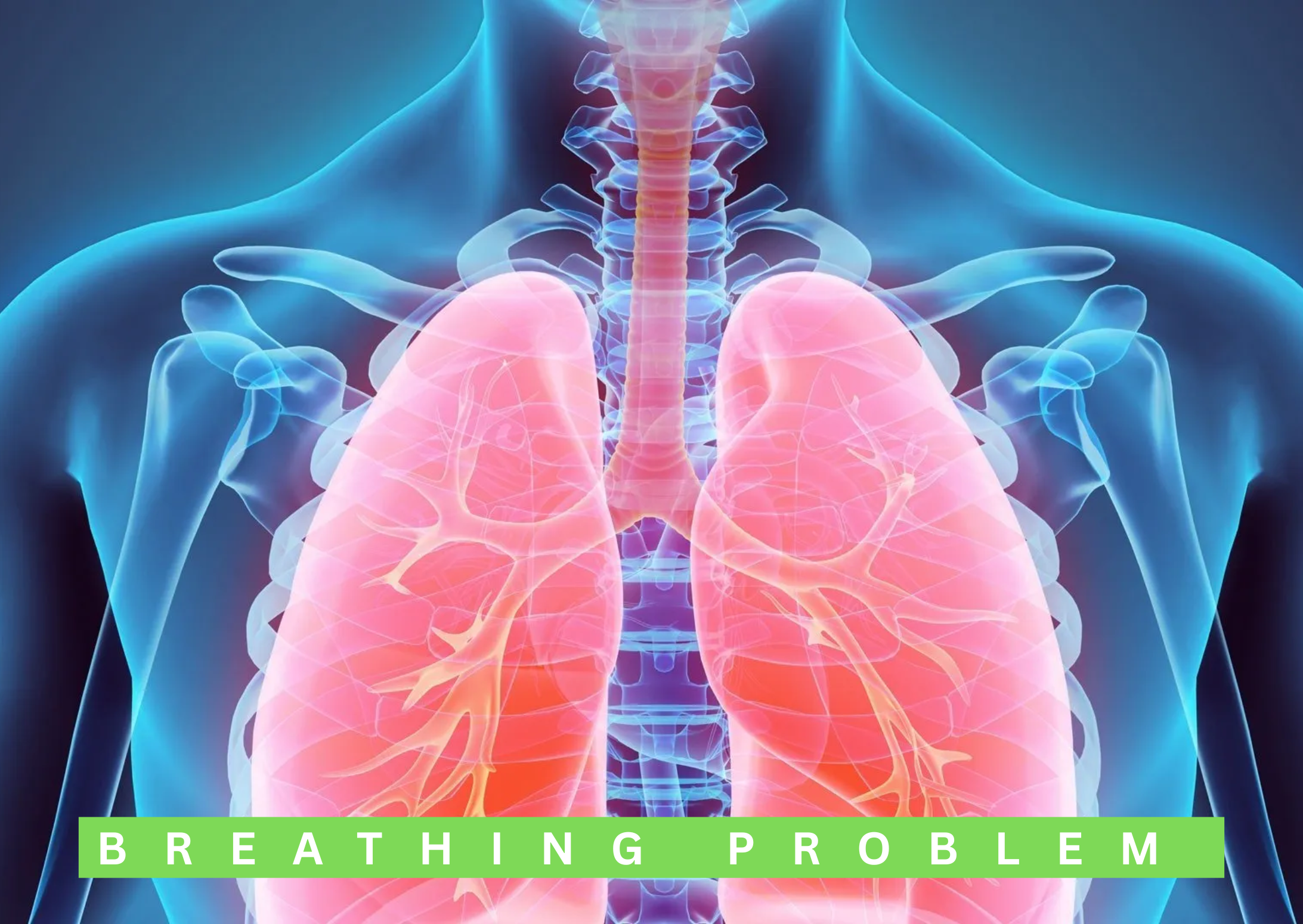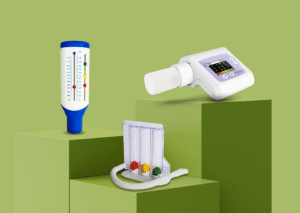Fever: Causes, Precautions & The Importance of Accurate Temperature Monitoring
A fever is one of the most common health symptoms people experience worldwide. It’s not a disease itself but a natural response of the body to infection, inflammation, or other underlying issues. Whether it happens due to seasonal changes, viral infections, or other health concerns, monitoring fever properly is essential for early detection and timely treatment.
Using a reliable thermometer, especially a digital thermometer, ensures accurate readings and helps you understand how your body is responding.
Causes of Fever
Several factors can trigger fever. Some of the most common causes include:
1️⃣ Infections
Bacterial or viral infections—such as flu, throat infections, or seasonal illnesses—are the most frequent reasons for fever.
2️⃣ Inflammatory Conditions
Diseases like arthritis or autoimmune disorders may cause persistent fever.
3️⃣ Heat Exhaustion
Overexposure to heat or dehydration can increase body temperature.
4️⃣ Medications or Vaccines
Certain medicines or immunizations can lead to mild, temporary fever.
5️⃣ Underlying Illnesses
Sometimes chronic health problems or hormonal imbalances contribute to recurring fever.
Precautions to Manage Fever Safely
When fever appears, timely care and safe monitoring are crucial. Here are some effective precautions:
✔️ Stay Hydrated
Drink plenty of water, ORS, soups, or juices to avoid dehydration.
✔️ Take Adequate Rest
Resting allows the body to fight the underlying cause of the fever.
✔️ Use a Reliable Thermometer
Monitor your temperature regularly using a digital thermometer, clinical thermometer, or infrared thermometer depending on preference.
✔️ Cool Compress
Use a cold, damp cloth on the forehead to provide relief.
✔️ Wear Light Clothing
Avoid heavy blankets and thick clothes, as they can trap heat in the body.
✔️ Consult a Doctor
Seek medical attention if fever is high, recurring, or accompanied by severe symptoms.
Why Accurate Temperature Monitoring is Important
Accurate temperature tracking helps determine:
-
If the fever is rising or falling
-
Whether medication is working
-
When to seek medical help
-
Early signs of infection or illness
A thermometer is a must-have tool in every home, especially a digital thermometer which offers quick and clear readings. Parents often prefer a baby thermometer or infrared thermometer for fast, contactless measurement, while adults may opt for oral thermometers, rectal thermometers, or clinical thermometers.
Related Product: Digital Thermometer from Hemodiaz
If you’re looking for a reliable device to monitor fever accurately, explore our premium thermometer:
https://www.hemodiaz.com/product/digital-thermometer-celsius-fahrenheit-display/
This advanced digital thermometer is designed for precision, convenience, and safe temperature monitoring for both adults and children.
Conclusion
Fever is the body’s natural defense mechanism, but proper monitoring and timely precautions are essential for safety. A dependable digital thermometer helps you track your health effectively and ensures you respond at the right time.
To get the most accurate Thermometer, must check at Hemodiaz Life Sciences or Hemodiaz.com










